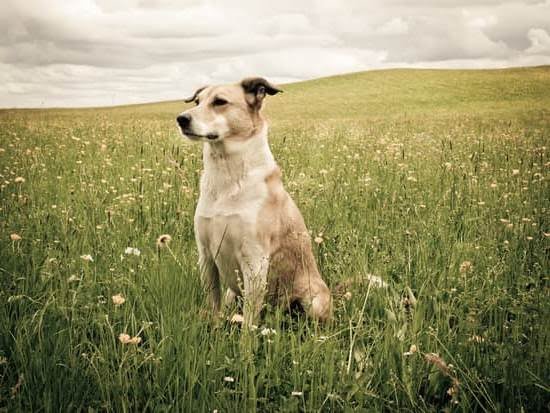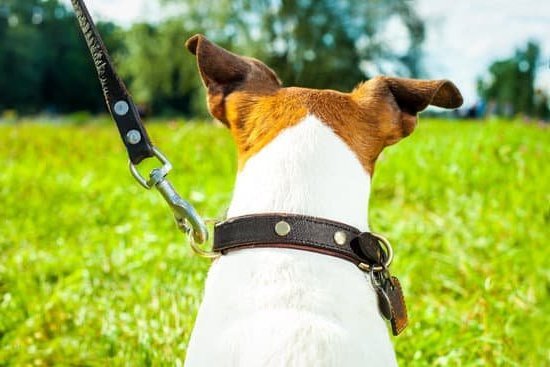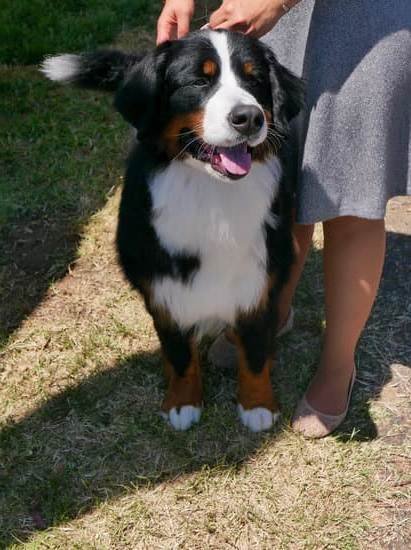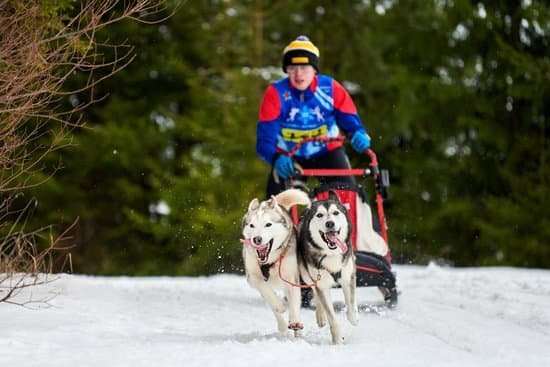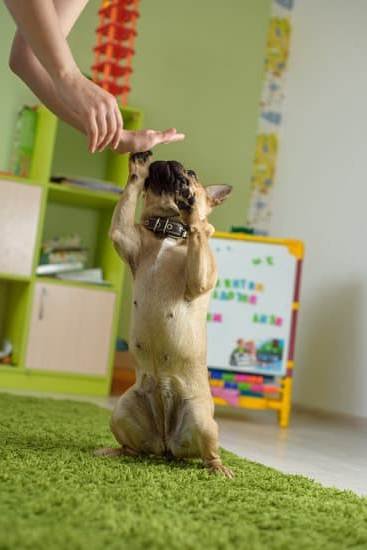Introduction
Training your dog to be home alone is essential for all pet owners. This kind of training ensures that your pup is not only safe but also comfortable, even when you are not around. This can help reduce the occurrence of barking, destructive behavior, and other negative habits caused by fear and anxiety due to solitude. Furthermore, teaching your pet to behave independently can help you feel confident in providing them with personal care services when needed.
To start training your pup to be home alone, it’s important to create a safe environment free from any potential dangers or risks. Start off by finding a secure area such as a crate or an enclosed room, where they will feel comfortable and at ease while alone. Then, progressively increase their time spent in this space until they no longer show signs of discomfort after being confined for periods of time. Additionally, it is important to provide plenty of mental stimulation such as chewable toys or puzzle games that can keep them preoccupied while you are away. This will prevent behaviors caused by boredom such as excessive chewing or digging around the house. Finally, before leaving your pup alone make sure they have enough food and water as well as access to a bathroom if needed.
Regular repetition and soothing rewards will go a long way in ensuring that your dog learns good behaviors quickly and continues to stay calm throughout their time being home alone. Ensure you come back shortly after leaving again and again so that eventually the dog understands that being left alone does not equate abandonment. Good luck!
Establishing Clear Goals and Routines for Training Your Dog
When training your dog to be home alone, it is important to establish clear goals and routines. This will help make the process of teaching them much easier and more successful. Start by deciding which expectations you have and what level of comfort you’d like your dog to have while being alone. Establish a short but consistent daily routine for when you leave. Make sure this includes meals, disposing of waste materials, exercise and playtime. If a dog is denied these essentials it may lead them to become stressed during their time alone which can cause behavioral issues, such as excessive barking or destructive chewing.
Once these basics are in place the next step is creating specific boundaries for your pup to adhere too when they are unsupervised, such as no chewing on furniture or getting on the couch etc… Keep these rules consistent and reward good behavior with plenty of praise rewards and treats when applicable! Overtime gradually introduce longer periods away until your pup feels comfortable being left alone for long durations. Additionally practice leaving abruptly – this will prepare them for situations such as sudden errands or appointments that come up where they must remain at home. Remember that every situation is unique so take time to evaluate if any adjustments need to be made along the course of training and most importantly be patient with your pup!
Preparing Your Home for Separation
Before you can train your dog to be home alone, it is important to make sure that your home environment is comfortable for them. This includes providing them with comfort items such as a safe space, like a crate if they are used to one. Make sure to have toys in the area and something to chew on. Also, create a safe atmosphere by removing any hazardous objects that may put your dog at risk of injury or stress when you are away. Additionally, if there are windows, cover them to protect against outside noises that could distress your pup. Don’t forget about the temperature too; no one likes being hot or cold so make the environment pleasant for your pet. Lastly, introduce different forms of enrichment and mental stimulation so they don’t become bored during the day while their humans are gone. Puzzles and chewables are great options! With these steps, you will be prepared to ensure that your pup feels relaxed when they’re left at home alone while you take care of other things.
Positive Reinforcement
Positive reinforcement is an effective way to reward a dog’s successful home alone training. This type of training focuses on encouraging and reinforcing behavior that you want your dog to repeat in the future. Rewarding your pet after they exhibit desired behavior gives them incentive to repeat the action, while simultaneously forming a positive bond with you. Rewards can be anything from verbal praise to treats or toys. Additionally, it is important not to forget to reinforce every small accomplishment made when training as this helps your pet become accustomed more quickly and efficiently. It is also important to remember that positive reinforcement does not just involve giving physical rewards; it also involves showing affection through pats and verbal compliments. Ultimately, positive reinforcement provides a secure environment where your dog can confidently learn how to stay home alone without feeling anxious or lonely.
Gradual Separation
To train a dog to be alone, gradual separation is essential. Start by spending short periods of time away from home, such as running errands around the block or going out for lunch. Increase the length of your absences gradually over the span of several days or weeks.
When departing and returning, it’s best to teach your dog that you will always come back. This can be done by keeping departures low-key: no long goodbyes or overly emotional goodbyes when you leave. When you return home, resist giving in to excitement or excessively praising your pet as this can reinforce separation anxiety behavior rather than positive behaviors associated with being alone.
Plan activities for your dog while you are gone that encourage positive behavior and discourage destructive behavior such as creating puzzles with treats or kibble, providing safe chew toys, playing soothing music and providing access to a comfortable spot where the dog can rest and relax without feeling lonely. Make sure their environment is secure and doggy proofed when you are out of the house. Consider hiring a professional pet sitter/dog walker to provide companionship as well if feasible. Finally, give your pup plenty of exercise to burn off energy before leaving them home alone.
Handling Anxiety
If your dog experiences extreme anxiety when left alone, you may need to intervene with desensitization techniques and counterconditioning. Start by teaching your dog behaviors like sit, stay, down, and come. Using treats or toys as rewards, increase distance and reduce the time between rewarding your pup while they are following commands. You can encourage positive associations by leaving a treat-stuffed toy in their crate when you leave or using calming music or scent to calm them down. Make coming home an exciting activity by giving them attention and hugs when you arrive home and offering treats throughout the day. Use these positive reinforcements of approval to help make being home alone easier.
Troubleshooting Triggers and Problem Behaviors
When training a dog to be home alone, it is important to troubleshoot possible triggers and problem behaviors that might arise. The first step is identifying stressful events that may cause the dog to behave poorly while alone. Common triggers are when a person returns home after being gone, when the doorbell rings, or when other pets arrive in the house. Once triggers are identified, you can create an action plan to help the dog cope with these moments. For example, if your dog has separation anxiety when you return home,you can work on desensitizing the dog by gradually increasing their time away from you each day and encouraging them to stay calm upon your return. Create a safe space for your pup such as a kennel or designated spot in another room where they can rest without fear of interacting with visitors or others at home. Additionally, adjust their daily routine to allow for more snuggle time before leaving and provide plenty of fun games/toys for themto enjoy while alone. Having patience and consistency with your pup during this process will ensure that he learns quickly and effectively how to adjust his behaviors for different situations.
Scheduling Breaks
When you are home and able to be with your dog, it is important to give them breaks for play time. Allowing your pup time to run around and get their energy out can help reduce their anxiety when they are left alone. Schedule regular times throughout the day for play outside and inside, depending on the weather. Make sure these breaks last between 10-15 minutes so you can still accomplish tasks while monitoring your dog’s behavior. During these breaks, use interactive toys like treat puzzles so that your pup will stay distracted and engaged with activities rather than bark or whimper out of boredom. Additionally, you can use these breaks as an opportunity to practice commands such as sit, stay, and down in order to build a better bond between you and your furry friend while teaching respect. Finally, prevent over-stimulation by providing calm cuddles at the end of each session to release any pent-up energy from excitement so it won’t lead to destructive or undesirable behaviors during times when there is no one home.
Creating Long-term Solutions
Training your dog to be alone in your home requires time and patience. A gradual approach will help the process go smoothly, and the following tips can help ensure successful training.
Before you begin, figure out what kind of environment will make your dog feel safe and comfortable when left home alone. Consider providing a den-like space such as a crate or calm, designated area with their bed or favorite toy inside. Create a comfortable temperature for them by using air conditioning or heating as needed, as well as setting up fans to create airflow so they don’t feel confined. Provide music playing in the background to reduce stress levels associated with being home alone for long periods of time. Additionally, place treats such as chew toys in strategic areas around the house to encourage exploration around these spaces and make it rewarding for the pup.
When you start having your dog stay home alone, begin by leaving them indoors for short periods of time while you’re away (for example 10-15 minutes). Make sure you give them plenty of exercise right before each period of being left home alone—this will be easier if they have been given ample mental stimulation prior. Always remember that positive reinforcement is key here; reward desirable behavior with praise, treats and other forms of attention upon arriving back at home. Lowering your own stress levels is also important; dogs are incredibly perceptive animals which means they’ll pick up on cues from their owners even when not present in the same room together! As training progresses and periods become longer and longer, continue rewarding them for good behavior with plenty of love and care upon returning back into the house.
Overall, training a dog to stay home alone does require dedication but is well worth it in order to ensure that both you and your furry friend are happy!
Conclusion
To conclude, after your hard work and training, you will have a dog that can be left alone at home without causing destruction or a sense of distress. The best way to celebrate your successful training is to make sure your pup knows how proud of them you are. Start by offering them lots of praise each and every time they are left alone and remain calm in the house. Give them special treats and toys – especially when they show signs of improvement or success. You should also continue practicing their training exercises with them on a regular basis to ensure that the habit sticks. With the right approach, your pup will soon become an expert in being left home alone.

Welcome to the blog! I am a professional dog trainer and have been working with dogs for many years. In this blog, I will be discussing various topics related to dog training, including tips, tricks, and advice. I hope you find this information helpful and informative. Thanks for reading!

